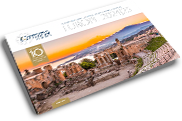The ultimate guide to Europe’s Natural UNESCO World Heritage Sites
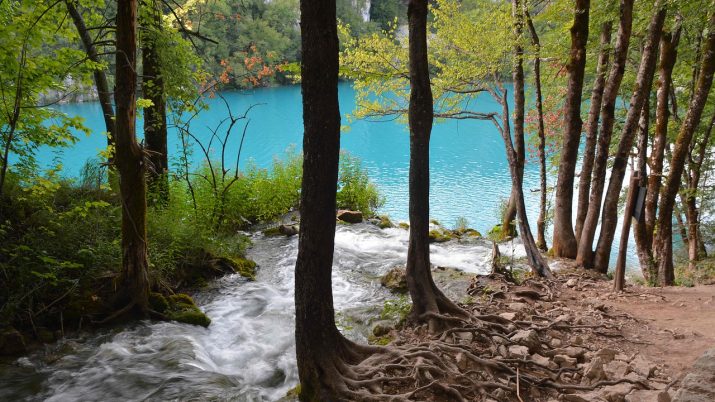
The United Nations Educational, Scientific, and Cultural Organisation (UNESCO) aims to identify, preserve and protect both natural and cultural World Heritage sites that are of outstanding value to humanity for future generations. Learn more about UNESCO here. Here, we’ve created a list of the best Natural UNESCO World Heritage Sites in Europe.
“Heritage is our legacy from the past, what we live with today, and what we pass on to future generations. Our cultural and natural heritage are both irreplaceable sources of life and inspiration.”
These sites belong to all the peoples of the world, irrespective of the territory on which they are located. There are over 1000 sites globally, and 400 of those are in Europe alone. So, we have listed some of the top Natural UNESCO sites for you to add to your bucket list.
The Dolomites, Italy
Extending from the River Adige in the west to the Piave Valley in the east, The Dolomites comprise of 18 peaks that rise above 3,000 metres. The Dolomites feature some of the most beautiful landscapes anywhere in the world. Vertical walls, sheer cliffs and deep valleys, and glacial landforms, this area is characterised by landslides, floods and avalanches.
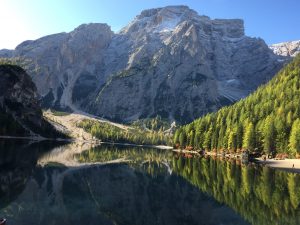
The Dolomites offers some of the most beautiful landscapes anywhere in the world
Visit The Dolomites in winter with the whole family on our recommended itinerary – read more here.
Škocjan Caves, Slovenia
An exceptional intricate system of limestone caves up to 6km underground. The caves hose roaring rapids and waterfalls, and one of the largest known underground river canyons, cut into the bedrock by the Reka River. The canyon’s most spectacular physical expression is the enormous Martel Chamber.
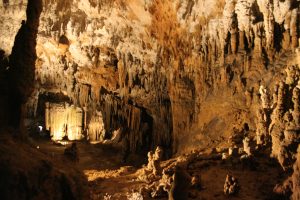
Underground in the Škocjan Caves
The site itself is one of the most famous in the world for the study of karstic phenomena. It is also of historical importance for the revelations of human occupation since before prehistoric time. If that’s not enough, the Caves also support various endemic and endangered species (both flora and fauna).
Add Škocjan Caves to your itinerary. A great starting point is our Slovenia Discovery itinerary here.
Plitvice Lakes National Park, Croatia
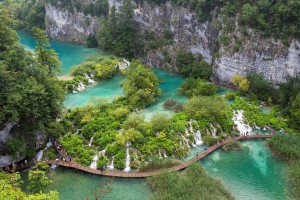
Breathtaking view in the Plitvice Lakes National Park, Croatia
The National Park spans over 300 square kilometres. It hosts 16 lakes interconnected by a series of waterfalls. Over thousands of years, the process of the water flowing over the limestone and chalk have created this spectacular site. The park is also home to many bears, wolves and rare bird species. One of our favourites in our ultimate guide to Europe’s Natural UNESCO World Heritage sites.
Visit the spectacular site on our Beautiful Croatia tour (see more here) or do a virtual tour now, here.
Aeolian Islands, Italy
The Aeolian Islands, off the Northern coast of Sicily, present an ongoing volcanic phenomenon. The Islands provide an outstanding record of volcanic island-building and destruction. They provide scientists with two types of eruptions – Vulcanian and Strombolian. The Islands have been studied by vulcanologists since the 18th Century.
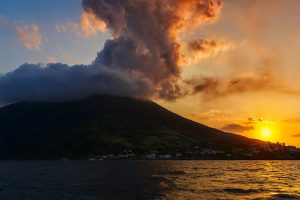
Tromboli, one of the Aeolian Islands formed from volcanic activity
Discover the islands in combination with our Sicily Bella tour (and perhaps Malta too!). View our recommended itinerary here.
Mount Etna, Italy
This is the highest island mountain in the Mediterranean and one of the world’s most active and iconic volcanoes. Mt Etna is an outstanding example of ongoing geological processes and volcanic landforms. The volcanoes history of eruption can be traced back 500,000 years. And, nearly 3,000 of these have been documented.
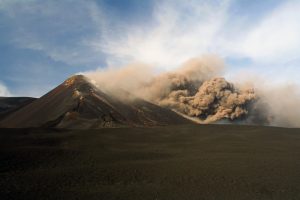
Mount Etna is one of the world’s most active volcanoes
“The volcano also supports important terrestrial ecosystems including endemic flora and fauna and its activity makes it a natural laboratory for the study of ecological and biological processes. The diverse and accessible range of volcanic features such as summit craters, cinder cones, lava flows and the Valle de Bove depression have made the site a prime destination for research and education.”
Visit Mt Etna on a 4WD tour on our Sicily Bella Small Group Journey – see more here.
Swiss Alps, Switzerland
The Swiss Apls actually span across France, Germany & Switzerland. They are valued for both beauty and the wealth of scientific information they offer. Such as the formation of mountains, glaciers, and ongoing climate change. Its impressive landscape has also played an important role in much European art and literature.
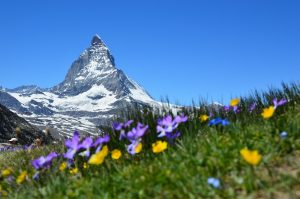
The iconic Matterhorn of the Swiss Alps

